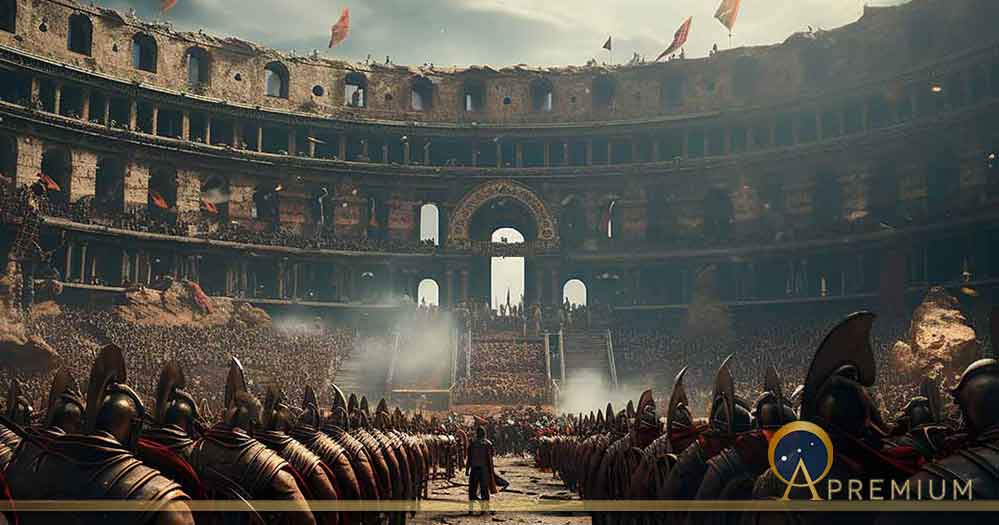Legacy Of Vespasian Founder Of The Roman Flavian Dynasty
The death of Emperor Nero in 68 AD ended the Julio-Claudian dynasty of Roman Emperors. It also initiated a succession crisis which degenerated into a short but deadly civil war. This was the first such event to occur in the imperial period of the Roman Empire, a political regime inaugurated by Emperor Augustus in 27 BC. Nero’s inept reign had emptied the State’s coffers, triggered military mutinies and sparked major revolts within the Empire, the most significant being the Judean uprising in 66. The latter, which was one of the most serious protests against Roman rule, was only to be suppressed in 70.
The reigns of three Emperors of this violent year led to the establishment of the brief but important dynasty of Emperors, the Flavians, founded by Vespasian, which inherited the challenging responsibilities of quelling the revolts, managing the State bankruptcy, re-establishing control over the army and restoring general confidence in the imperial regime.

Nero kneeling at his murdered mother Agrippina by Antonio Rizzi (19th century) Museo Civico Ala Ponzone (Public Domain)
Last of the Julio-Claudian dynasty
Son of Agrippina, Nero had been adopted by Emperor Claudius, whom he succeeded at the age of 17, though at the beginning, his mother Agrippina reigned in his place. Despite the assassination of Britannicus, son and legitimate successor of Claudius, in 55 AD, and later that of his own distressing mother Agrippina, in 59 AD, the early stages of the Principate of this cultivated young man surrounded by competent advisors remained favourable.
After the death of Burrus, Praetorian prefect, advisor and friend of Nero, followed by the disgrace of Seneca, a tax collector compromised in a conspiracy against Nero, in 62 AD, the young Emperor succumbed to an unregulated despotism. That same year, driven by his own emotions, he repudiated his wife Octavia, daughter of Claudius, whom he pushed to suicide with the aim of marrying Poppea, his mistress and wife of the general and future Emperor Otho. In 65 AD, he killed Poppea, then pregnant, in a fit of anger.
Like this Preview and want to read on? You can! JOIN US THERE ( with easy, instant access ) and see what you’re missing!! All Premium articles are available in full, with immediate access.
For the price of a cup of coffee, you get this and all the other great benefits at Ancient Origins Premium. And - each time you support AO Premium, you support independent thought and writing.
Mario Bartolini has a master’s degree in political history from the Université de Sherbrooke, Canada, and a second master’s degree in war studies, obtained at the Royal Military College of Canada. He is the author of Roman Emperors: A Guide to the Men Who Ruled the Empire
Top Image: Vespasian, Founder of the Flavian dynasty built the Colosseum in Rome ( rpbmedia/ Adobe Stock)
By: Mario Bartolini
















